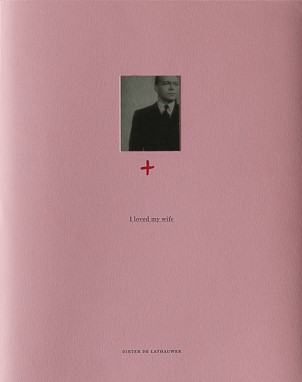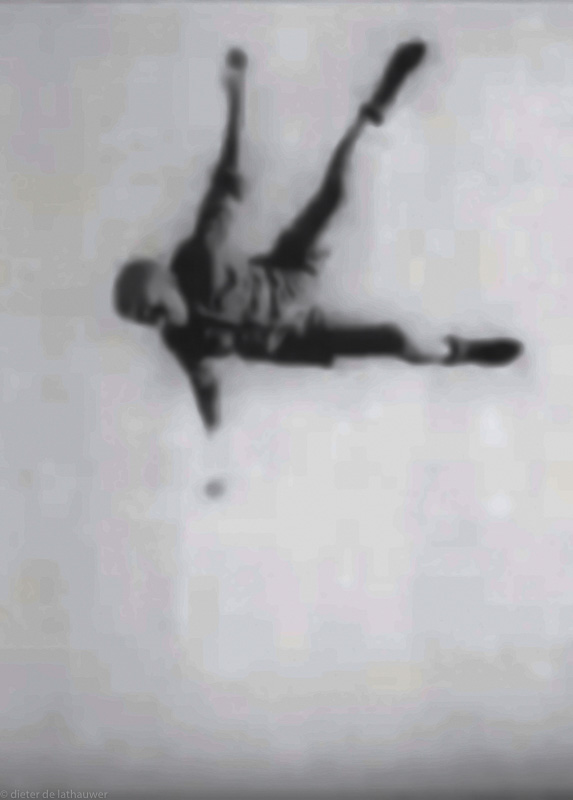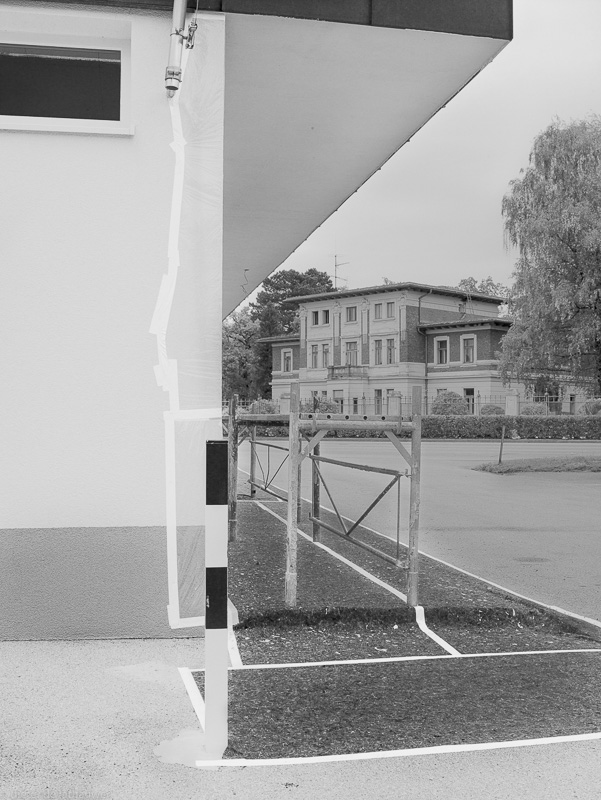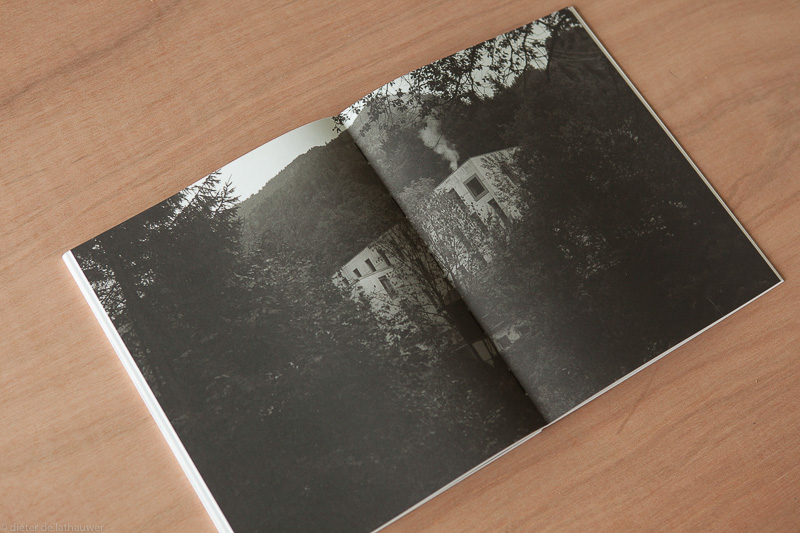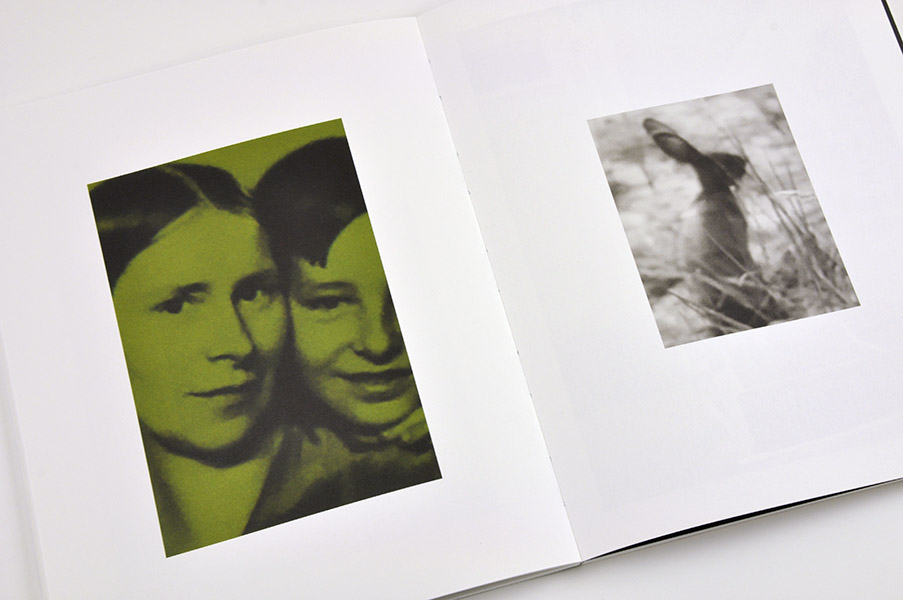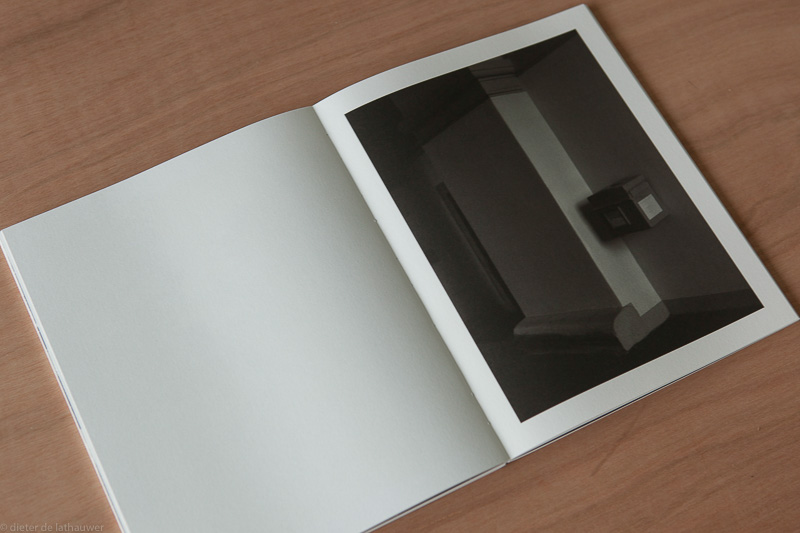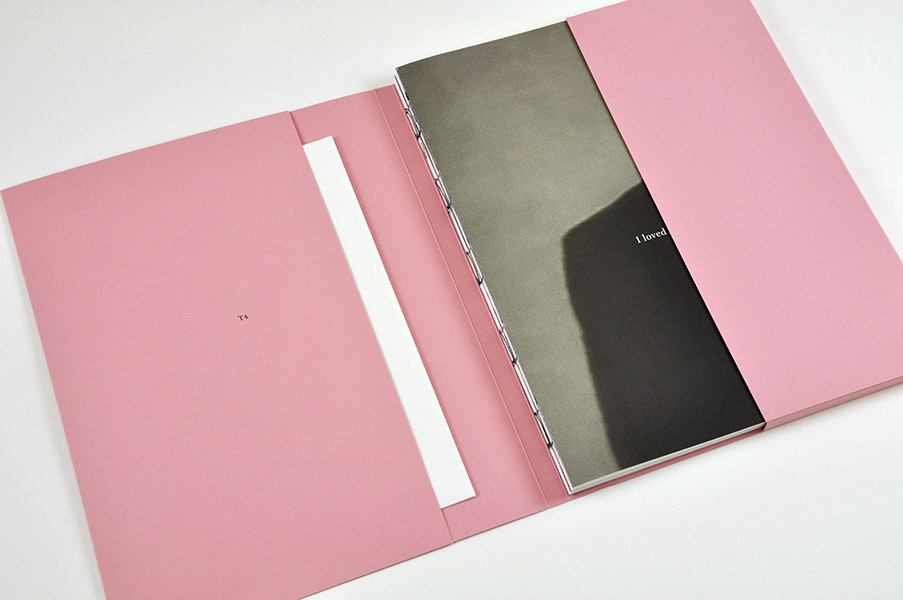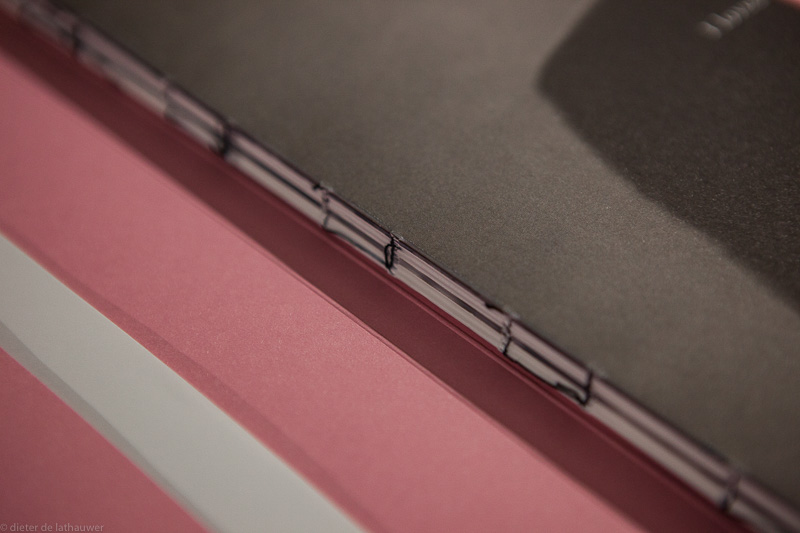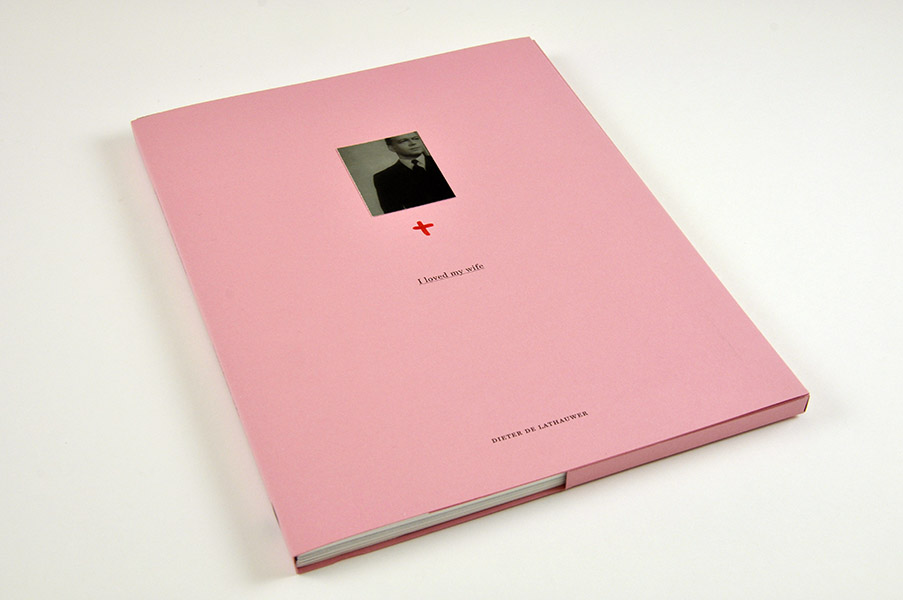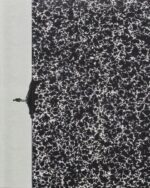Les photographies de cet album ont été prises au sein de 16 institutions psychiatriques autrichiennes.
Des dizaines de milliers d’enfants ont été assassinés dans ces institutions pendant la Seconde Guerre mondiale. Tués parce qu’ils étaient considérés comme incurables. Le coût de leur survie était trop élevé pour la société, une opinion renforcée par des films de propagande dirigés contre des gens qui n’avaient rien à offrir à la société. Les euphémismes pour les meurtres étaient « mort par miséricorde » et « euthanasie ». Les dispositions concernant les institutions et les soins aux victimes de maladies héréditaires étaient considérées comme allant à l’encontre de la sélection naturelle. Ce sont des travailleurs en bonne santé qui ont dû en assumer les coûts, et on leur a pris de l’argent qui, autrement, aurait pu leur donner une vie meilleure.
Les photos de ce livre poignant sont entrecoupées de documents historiques et de photos de films de propagande. ; cahier à part avec les textes de Dieter De Lathauwer, Joachim Naudts, Dr. Erik Thys et Dr. Herwig Czech, photos en n.b.
Ce livre a remporté le Unseen Dummy Award 2016.
The photos in I loved my wife were taken on the site of 16 Austrian psychiatric institutions.
This book was the winner of the Unseen Dummy Award 2016.
More than 200.000 useless people disappeared, including children. For guiding me through Austria, I used psychiatric institutions as waypoints. In these institutions psychiatric patients got euthanized. Aryan or not. Adults and children.The reasoning was simple: the cost-benefit for the society was not profitable.The result is a combination of own images, manipulated stills from propaganda movies and two digital collages. The book also deliberately plays with the expectations evoked by images.
This is a dark poetic view on one of the darkest pages in the second world in Europe: the killing of incurable sick children for the sake of saving money. At the same time it questions the shift of social security towards the level of your contribution to the society and it investigates the manipulating power of images.
The killings, between 1939 and 1941, were framed as “mercy killing” and “euthanasia” and served as a precursor for the Holocaust. In a structured and organized way over 70.000 patients, both adults and children, were murdered in Austria, because they did not contribute to the society. The goal was to cut cost. In 1941 Hitler ordered the program to stop, but the institutions continued anyways.
I travelled to Austria photographing these care centres and psychiatric institutions and I combined these in situ photographs with stills from nazi propaganda movies on euthanasia, two digital collages and some photographs of historical objects. The digital collages represent some of the responsibles combined with eugenetic surgery. By adding perfect body parts according to todays Google they become patients.
This project brings together several of my interests in photography: the exploration of places through social and historical blind spots, how people read photographs and live their surroundings and the photobook as object. Here also lays the origin of this project: discovering the touristic Austria based on a dark reality we tend to look away from.

